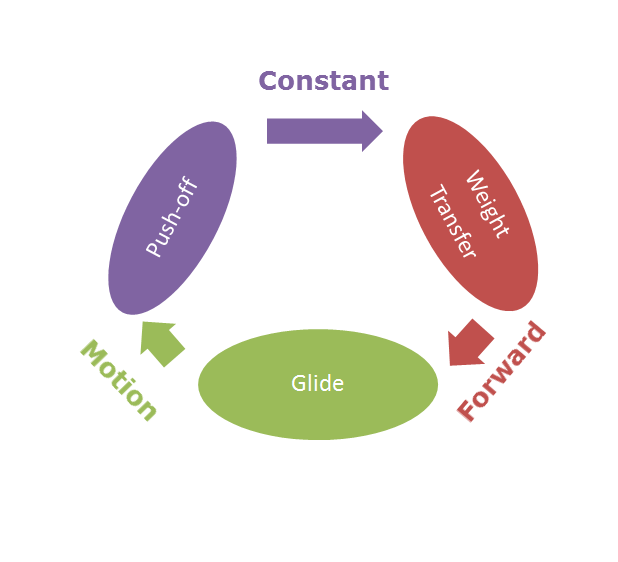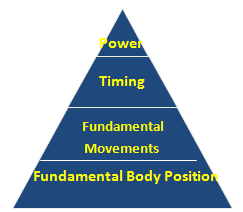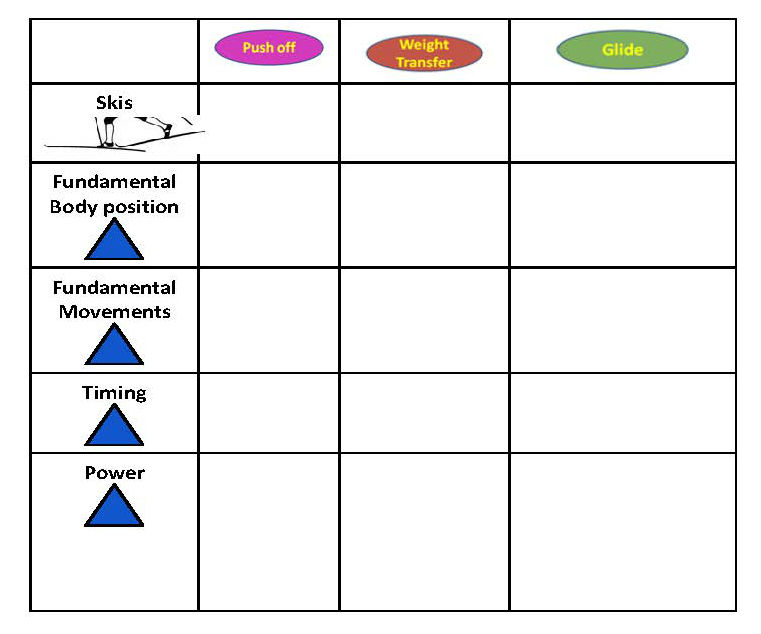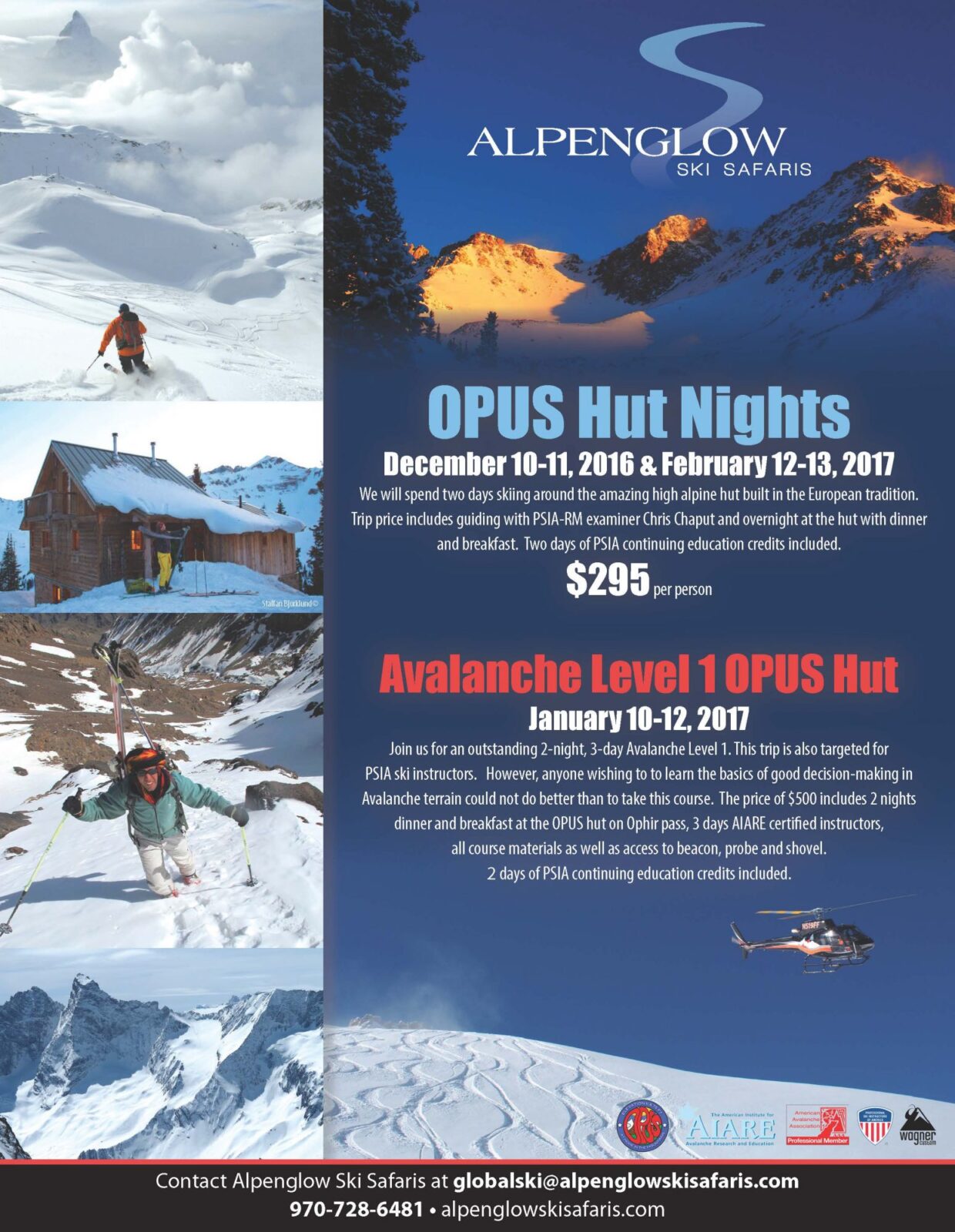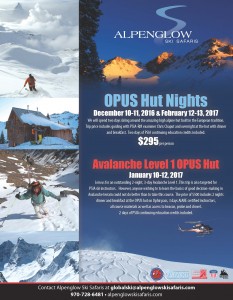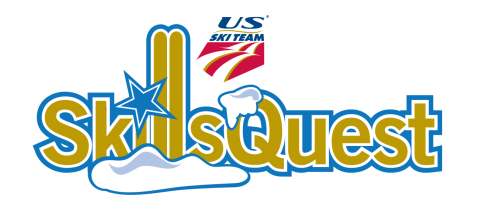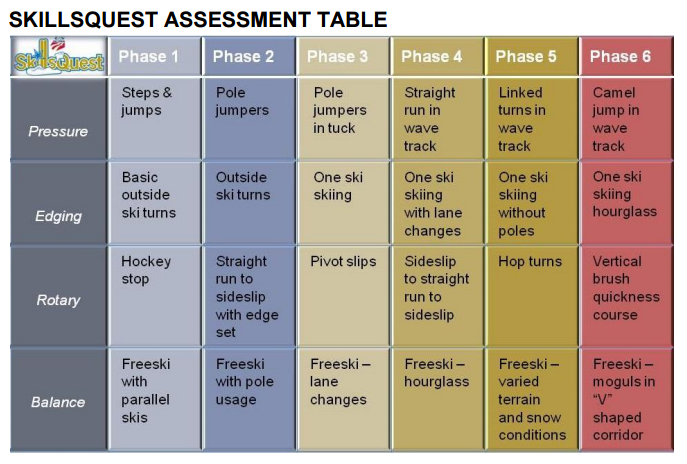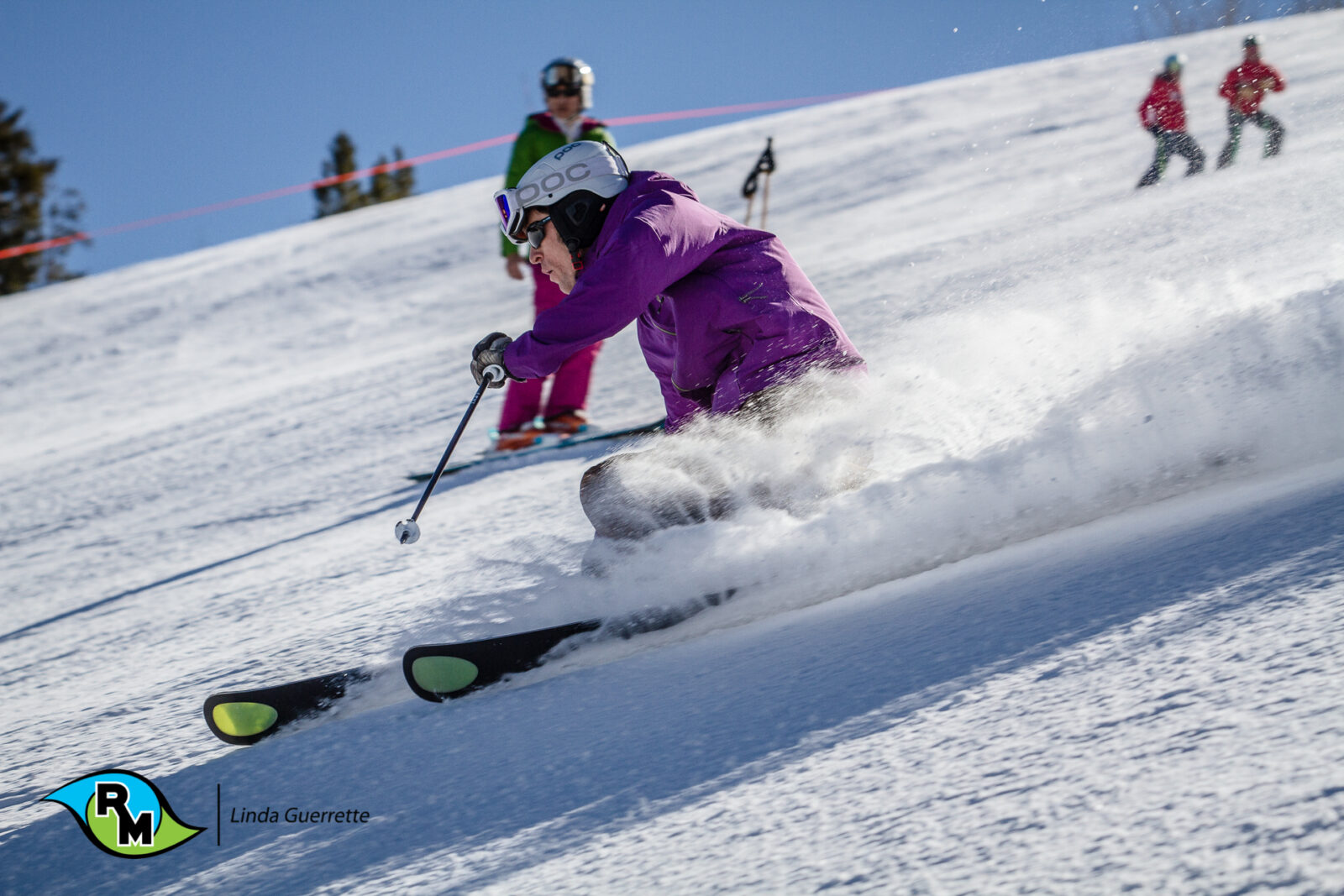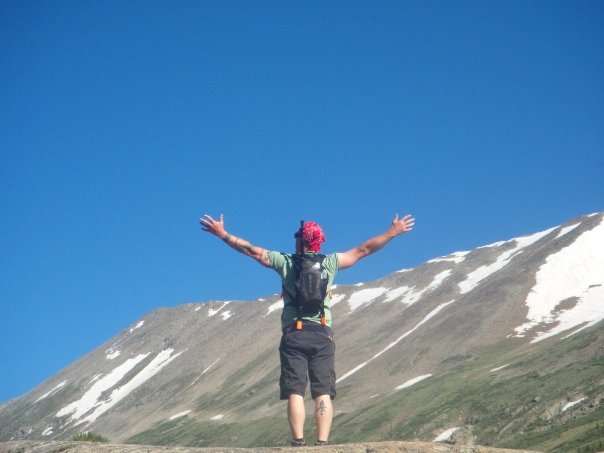Sliding Sideways with Rocky Mountain
AASI RM instructors,
It’s been an awesome few years for the Rocky Mountain division, and as we plan for the next few, I’m excited to introduce myself as the new Snowboard Education Committee Chair.
First, I want to offer a huge thank you to my friend and mentor, Scott Anfang. Scott steered the ship for the last two years, but after accepting the PSIA-AASI National Team Coach position decided to step down from the committee chair role.
Likewise, I want to thank Spicky, Tony Macri, Jeff Patterson, Ray Sforzo, and everyone who has dedicated time, served as committee chair, and helped drive our organization to where it is now. It is no small task, and it’s because of their dedication that we’re all able to enjoy a career in snowboard instruction.
So what is the snowboard education committee? It’s a question I’ve heard a dozen times in the last few months, and my answer changes a bit every time. Essentially, it’s a group of seven passionate, dedicated volunteers, who’ve been elected by the RM Education Staff to continue the development of our division while holding to the national standards and maintaining the quality we’ve all grown accustomed to. The committee is largely responsible with balancing feedback from our members, member schools, the RM office, and national standards while maintaining a level of consistency, honoring our past, and looking to the future.
The committee seats are selected from members of the education staff, except for one position which may be held by a non-examiner “member at large.” The current Snowboard Education Committee is: Scott Anfang, Christina Bruno (Member at Large), Chuck Hewitt, Robin Kisiel, Mark Lawes, Tony Macri, and Chris Rogers (Chair).
In the last few years, the committee has revamped the exam process at all three levels, recorded new MA videos annually, introduced an e-learning component to the Level 1 exam, created riding standards videos for our exam tasks, redeveloped the written exams, kept the website documents updated, and made hundreds of little tweaks throughout the entire process.
I’m proud of what the committee has accomplished, but looking at the to-do list, know we have even more to accomplish. Our first committee meeting of the season was held at the examiner Fall Training event and we began discussions for some big projects that will absolutely affect snowboard education in Rocky Mountain.
One of the biggest announcements for 16-17 is the rollout of paired examining at the L2 Exams. We’ve added a second examiner to each exam group to evaluate performance on the Ride and Teach days with the goal of adding transparency and creating a higher level of consistency with our standards.
Paired examining is just the start, and I will be asking this committee to be more active, to seek more input, and to become more flexible, fast moving, and proactive. We will be adopting new education tools and concepts from other disciplines and organizations, rebuilding our exam assessment forms, re-evaluating the cert pre-requisite system, designing and promoting additional elective clinic opportunities, hiring new E1s, and snowboarding as much as possible! As such I encourage you to be more active as well. There will be surveys, focus groups, and plenty of opportunities to get involved and have your voice heard. Your feedback is essential to the development of our discipline, our division, our organization, and ultimately our profession.
I believe it is an exciting, fast-moving time to be a part of our industry, and I’m stoked to be on this journey with you all. Please reach out to me, the committee members, or the RM office with any ideas, questions, and concerns.
Welcome to winter… Let the snow fly!
Chris Rogers
Follow along on Instagram & Twitter: @chrisrogersvail




